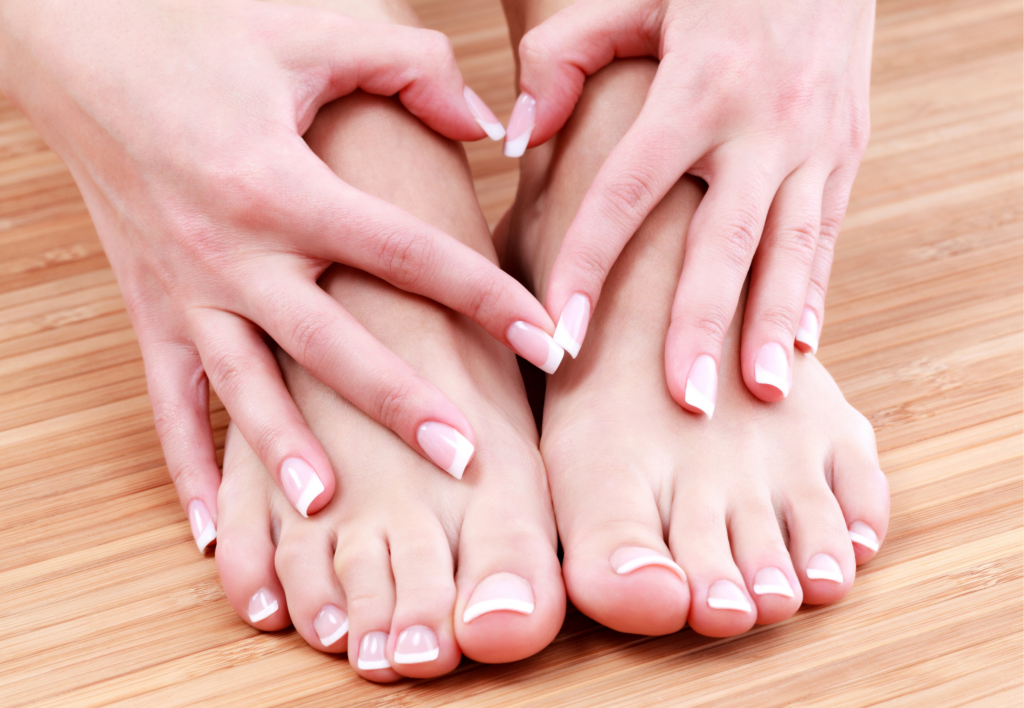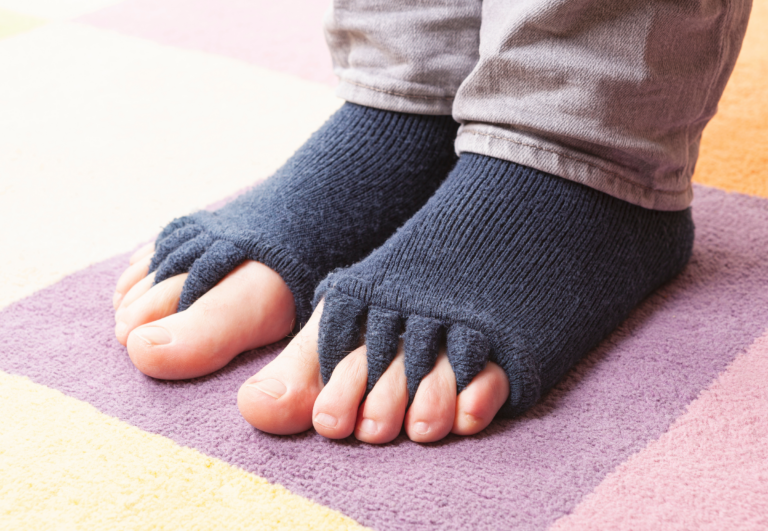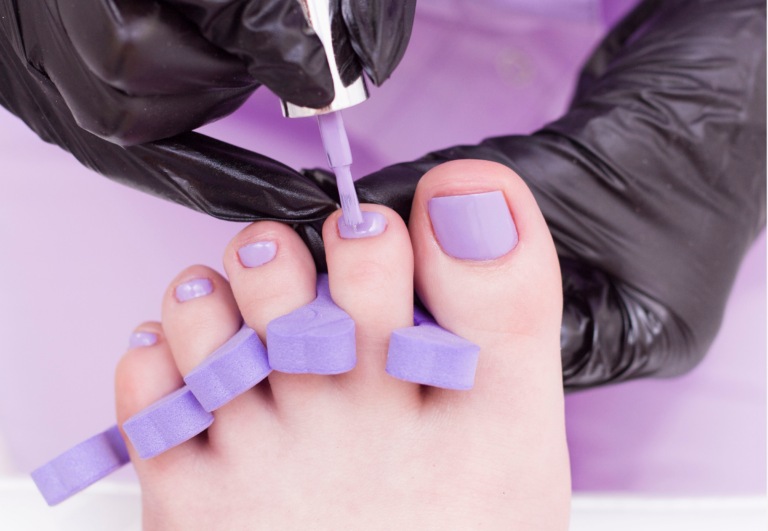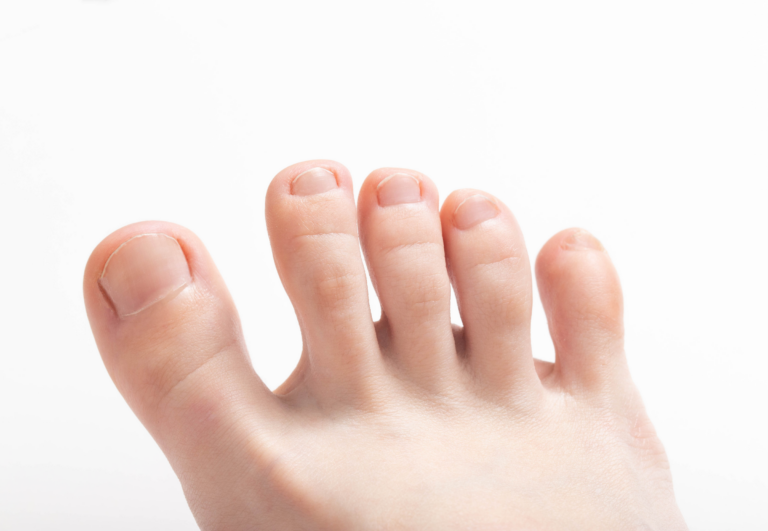Can Anyone Use Toe Spacers? Understanding Potential Contraindications
Toe spacers are a simple tool I frequently suggest for individuals looking to alleviate foot pain or correct toe alignment. Designed to separate the toes, these devices help counteract the effects of tight shoes, which often compress the toes and lead to deformities, such as bunions and hammertoes. They can be an easy, non-invasive option to improve foot health.
However, it’s important for users to understand that toe spacers aren’t a cure-all. While they can provide comfort and promote better foot alignment, they may not be suitable for everyone. Individuals with certain medical conditions or foot deformities should consult a healthcare professional before using toe spacers.
In my experience, most people can benefit from toe spacers, especially those who frequently wear constrictive footwear. They can be a valuable addition to a foot care routine, promoting stronger muscles and potentially reducing discomfort. But always remember, each foot is unique, and what works for one person might not work for another. It’s key to listen to your body and seek professional advice if you’re unsure.
Can Anyone Use Toe Spacers? Potential Benefits and Contraindications
Toe spacers are designed to realign the toes to their natural position, which can provide various benefits for foot health. However, they are not suitable for everyone. Here are some points to consider regarding the potential benefits and contraindications:
Potential Benefits:
- Improved Toe Alignment: Toe spacers can help correct overlapping toes, bunions, and hammertoes by encouraging proper toe spacing.
- Enhanced Foot Function: By allowing the toes to spread naturally, toe spacers may improve balance, gait, and overall foot function.
- Pain Relief: They can alleviate pain from foot conditions like plantar fasciitis, corns, and calluses by reducing pressure on the toes.
- Increased Circulation: Proper toe alignment can enhance blood flow, which may aid in recovery from foot-related injuries or conditions.
Contraindications:
- Severe Toe Deformities: Individuals with severe toe deformities or those who have had recent foot surgery should consult a healthcare provider before using toe spacers.
- Circulatory Disorders: Those with diabetes or any circulatory disorder should use toe spacers with caution, as they may be at higher risk for complications.
- Allergies: People with allergies to the materials commonly used in toe spacers should avoid them or look for hypoallergenic options.
- Pain or Discomfort: If toe spacers cause pain or discomfort beyond a mild adjustment period, users should discontinue use and seek medical advice.
It’s essential for anyone considering toe spacers to consult with a healthcare professional, especially if they have existing foot conditions, to ensure they are appropriate for their specific needs. A professional can also provide guidance on proper use and fitting of toe spacers to maximize benefits and minimize any risks.
What Are Toe Spacers?
Toe spacers are simple tools I use to maintain proper toe alignment, which can help alleviate pain and prevent certain foot conditions. Their design primarily fits between the toes, gently separating them. As a non-medical expert, I’ve seen spacers mostly utilized for therapeutic reasons or as part of a pedicure process.

Different Materials Used
Materials matter when it comes to the effectiveness and comfort of toe spacers:
- Silicone: This is my go-to because it’s soft yet durable. Silicone spacers are reusable and maintain their shape over time, offering a balance between cushioning and support.
- Gel: Gel spacers tend to be softer and more pliable than silicone, which can make them more comfortable for short-term wear.
- Foam: Foam toe spacers are the softest option available. They are typically disposable and offer immediate relief with less support.
Benefits of Using Toe Spacers
Regularly using toe spacers can offer a variety of foot health benefits:
- Alleviating toe pain and discomfort often caused by tight shoes or bunions
- Helping to rectify toe misalignments or deformities like hammertoes
- Contributing to stronger, more agile toes as they encourage natural toe spread
When incorporating toe spacers into my routine, I’ve experienced improved balance and foot function, especially when combined with exercises focusing on the toes and feet.
Potential Health Benefits of Toe Spacers
Toe spacers can contribute to healthier feet in various ways. They may improve toe alignment, fortify foot strength and balance, as well as alleviate certain foot ailments.
Alignment and Stretching
My experience with toe spacers has shown me that they effectively support proper toe alignment. This stretching can decrease the likelihood of deformities like bunions and improve overall posture.
Improved Foot Strength and Balance
Using toe spacers routinely has shown to enhance intrinsic foot strength, which is crucial for balance and weight distribution during movement. Stronger feet lead to better performance in daily activities and may reduce foot pain.
Pain Relief and Foot Ailments
Many individuals, including myself, find toe spacers helpful for offering pain relief from various conditions such as plantar fasciitis. They can also reduce discomfort from corns, calluses, and cramped toes.
Toe Spacers in Exercise and Yoga
Incorporating toe spacers into your exercise or yoga routine can support correct foot muscle function. By promoting foot stability and balance, they can enhance the benefits of these practices on the feet and body.
Contraindications and Precautions with Toe Spacers
When considering the use of toe spacers, it’s important to be aware that while they can offer benefits in foot alignment and comfort, they are not suitable for everyone. Specific conditions and individual needs should guide their use.
When Not to Use Toe Spacers
Individuals with the following conditions should consult with a podiatrist before using toe spacers:
- Diabetes: Poor circulation in the feet can make them more susceptible to complications.
- Arthritis or rheumatoid arthritis: Toe spacers may exacerbate joint pain or inflammation.
- Recent foot surgery: Healing tissues need time to recover without additional stress.
- Severe toe deformities or ailments: Some conditions may be aggravated by the use of spacers.
It’s also important to consider that toe spacers are designed to complement a health regimen, not replace medical advice or necessary treatments for foot-related issues.
Possible Risks and Side Effects
Toe spacers are generally considered safe for use, but awareness of potential risks and side effects is crucial:
- Discomfort or pain: Initial use may cause discomfort as the toes adjust to the separation.
- Overuse injuries: Wearing toe spacers for too long, especially when first starting out, can lead to strain.
- Skin irritation: The material of some toe spacers might irritate sensitive skin.
Remember: Each individual will have different tolerances and reactions to using toe spacers. It’s always recommended to start slowly and increase use over time. If you experience severe pain or discomfort, discontinue use and consult a healthcare professional for further guidance.
Correct Usage of Toe Spacers
To ensure that toe spacers provide their intended benefits and minimize the risk of any complications, it’s important to select the suitable type and follow best practices for their use.
Choosing the Right Toe Spacers
When selecting toe spacers, comfort and the specific issue you’re addressing are critical factors. I recommend opting for silicone-based toe spacers, as they maintain shape while providing cushioning. Gel toe spacers are also a popular choice due to their pliability.
They should fit snugly around your big toe and other toes without causing discomfort. Ensure that they are the correct size for your feet—the fit should be snug but not overly tight. Check for products that are recommended by podiatrists to be sure of their efficacy and safety.
Recommended Practices for Using Toe Spacers
Consistency is key. Use toe spacers as advised, typically starting for short periods and gradually increasing time as your toes adjust. Always clean your toe spacers after use to prevent any bacterial buildup, especially if they are reusable.
If you’re using toe spacers to aid in the correction of deformities such as overlapped toes or bunions, it’s crucial to monitor your progress and consult with a podiatrist for personalized advice. Splints and other corrective devices might be recommended alongside toe spacers for more severe cases. Remember that results can vary based on the individual and their consistent use of the product.
Selecting Toe Spacers and Additional Care
When selecting toe spacers, it’s important to consider material, comfort, and appropriate use for individual needs, alongside consulting a podiatrist for professional advice. Athletes and individuals with foot health concerns can integrate toe spacers into their care routines to potentially benefit their foot health.
Types of Toe Spacers for Various Needs
Toe spacers come in a variety of materials such as gel, foam, and silicone, each offering different levels of comfort and durability. For example, silicone toe spacers tend to be more durable and suitable for long-term use, while gel spacers might provide immediate relief with a softer texture. When choosing toe spacers, consider your daily activities: athletes may need more robust spacers, while others may require soft separators that fit comfortably inside their footwear.
Incorporation Into Foot Care Routines
Integrating toe spacers into a foot care routine can involve using them during periods of rest or while walking. It’s advisable to start with short intervals to allow feet to adjust. Some individuals find toe spacers helpful for realigning toes or as a supplement to massages. Always listen to your body’s signals, and incrementally increase usage time to avoid discomfort.
Consultation with a Podiatrist
Before integrating toe spacers into your routine, I recommend consulting a podiatrist. This step is especially crucial if you’re using them for foot conditions like bunions or hammertoes. A podiatrist can provide personalized advice based on your foot structure and health condition, ensuring the toe spacers selected are beneficial and not detrimental to your foot health.





